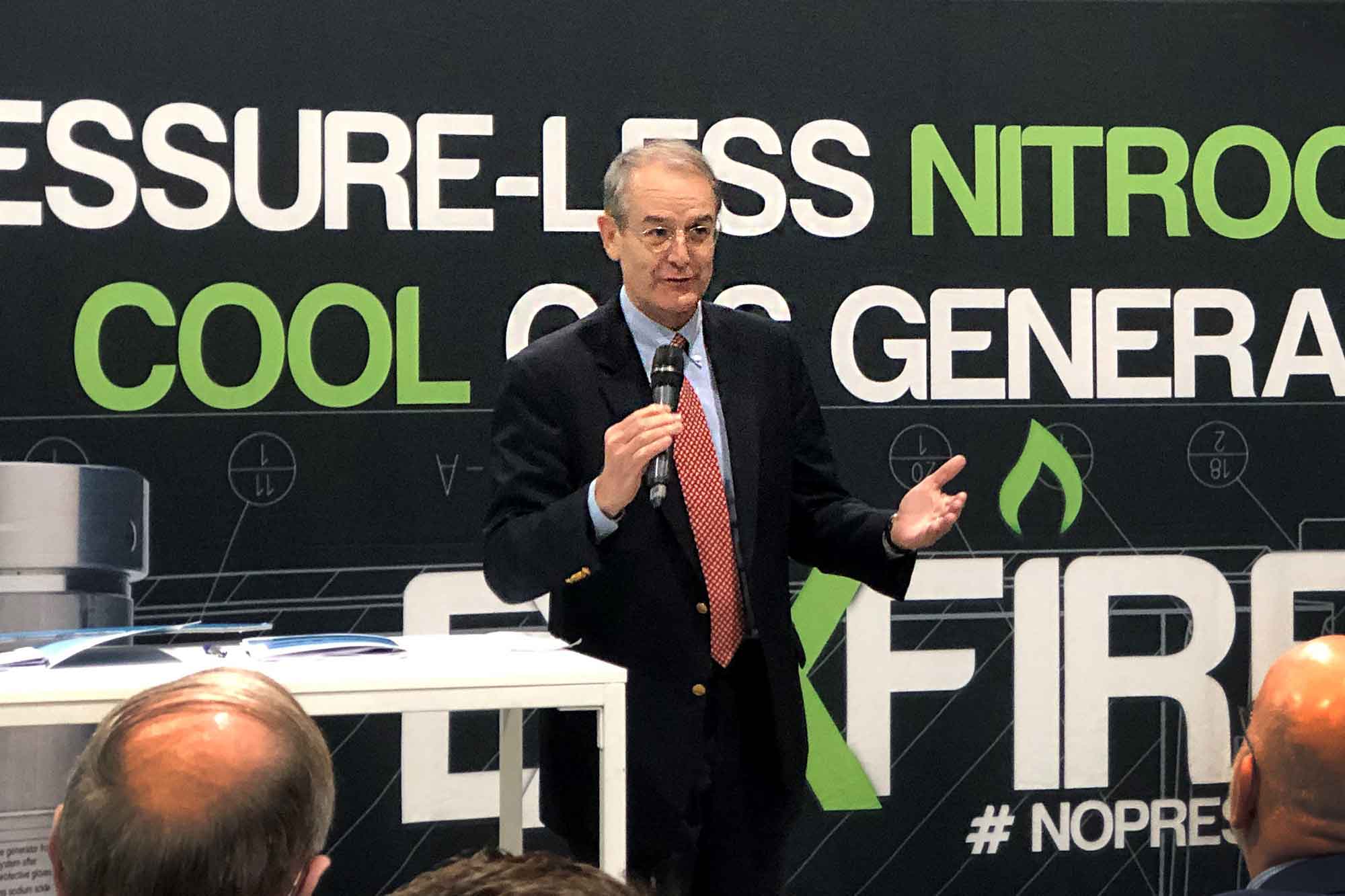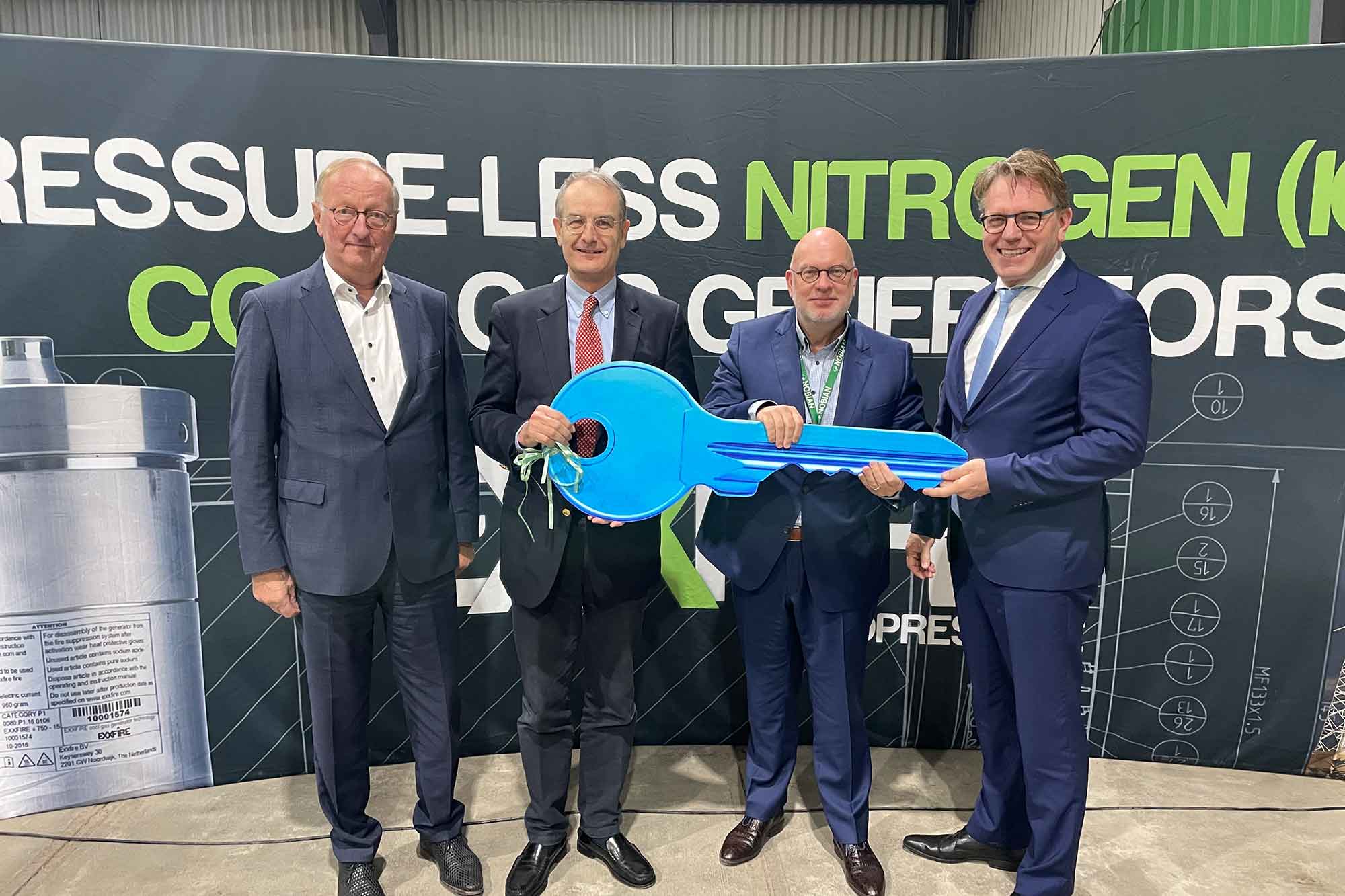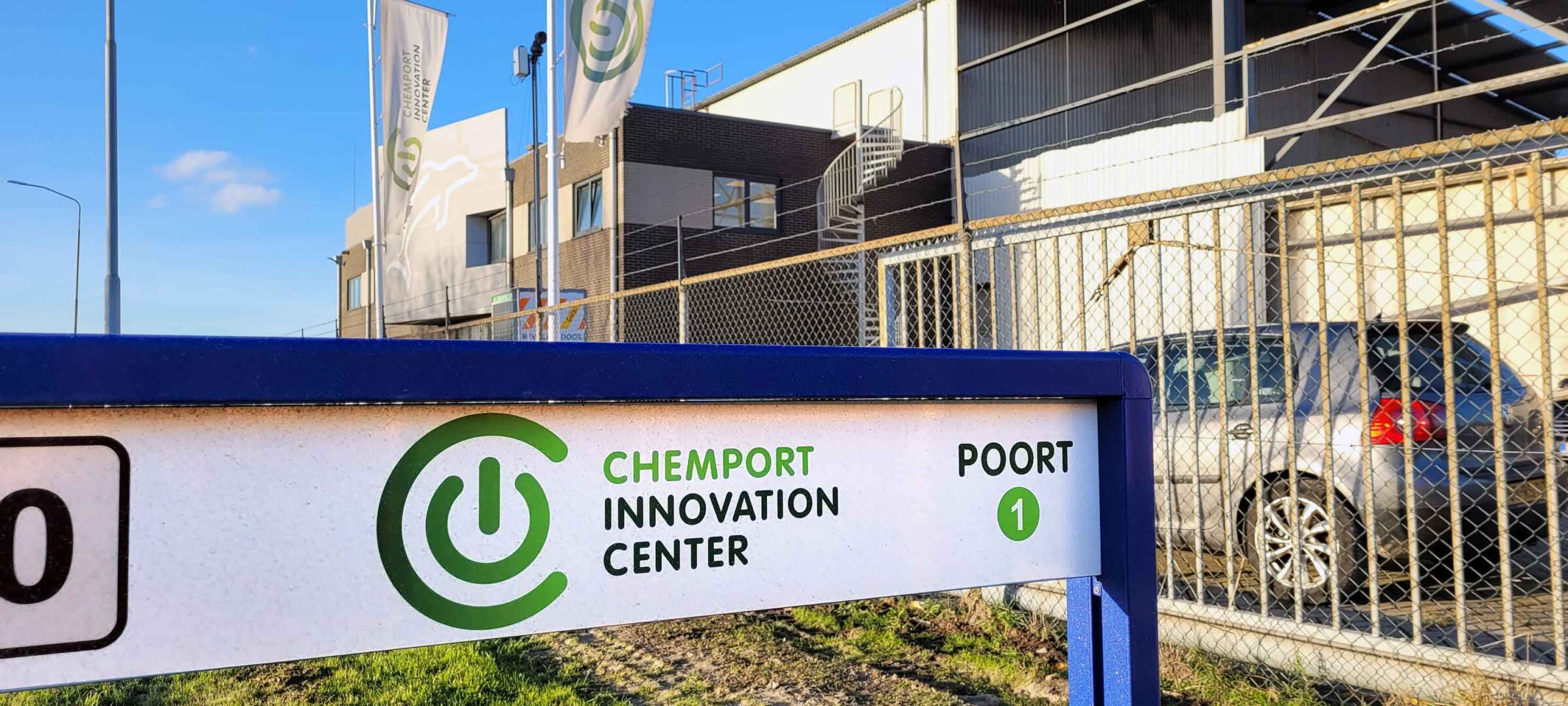The CIC provides space, facilities and permits for innovative companies making their final development step before realising a large-scale production site in a business park, such as Chemical Park Delfzijl.
Herbert Colmer, director of the CIC: ” In the Northern Netherlands, we focus on the development of green raw materials, recycling and renewable energy. Innovations in these areas take place first and foremost at the knowledge institutions, such as the University of Groningen and the Hanze University. For laboratory-scale experiments, we have the Innolab Chemistry and if a pilot plant needs to be built, there is the Zernike Advanced Processing Center (ZAP) facility. There, chemicals can be produced on a kilogram scale. Only then does the CIC come into the picture. Here you can set up a real production site, produce the first and zero batches for customers and sign off-take contracts. For most companies, that is also when they get into discussions about issues such as environmental space, keeping complex substances in stock and handling company waste. That calls for an industrial facility where the permits are properly arranged.”
Until now, there was no such facility. The ‘TRL train‘ stopped at ZAP and after that, scale-ups could at best find a corner at an existing plant in Delfzijl or Eemshaven. Or they had to look for an alternative site in Rotterdam or Geleen. Colmer: “We want to keep green chemistry in the Northern Netherlands and therefore applied for industrial permits years ago. That is a long procedure, because in terms of spatial planning we operate in the heaviest environmental category. Even now, we still have to check for each company that sets up here whether it falls within the conditions. We assess this together with the the Groningen Environmental Service, with which we have good contacts. We offer that flexibility.”
Putting out fires
Meanwhile, the first lessee, ExxFire, has moved into the CIC and there are several more candidates lined up. These are companies that already have a pilot installation running at ZAP. “We are having talks about an initiative where residual products from dredging spoil can be used to make sustainable cement blocks. Furthermore, there are two concrete initiatives that will probably make the decision to locate at our site in the first quarter of 2023.”
ExxFire has developed a sustainable fire extinguishing technology, useful for sensitive equipment in data centres, among other things. If a fire breaks out, the fire is extinguished at lightning speed, safely and without water or harmful chemicals. The technology was developed by TNO in Rijswijk for the space agency ESA and further developed in a pilot installation at ZAP. “The Northern Netherlands is an ideal business location for us,” says Harm Botter, managing director of ExxFire. “We came here because of the facilities, the availability of personnel and the financial support from the GROEIfonds, the NOM, and the province of Groningen. We don’t want to be forced to move elsewhere. Our employees live here and we will soon be looking for people for production and technical development. Those can still be found here.”
Space
The CIC has a total of 4 hectares at its disposal, of which a small hectare is currently paved. There are four production halls with building and energy facilities averaging 500 square metres each. Herbert Colmer: “Depending on the initiative, it is possible to occupy an entire production hall or part of it. That way, I estimate that we can continuously facilitate an occupancy of between four and eight scale-ups within the CIC. If one party stops or grows on, it will make way for another.”
“The next phase is that we will also bring an increasing level of facilitation to the scale-ups. Think of a shared lab for making analyses, a workshop where tooling or customisation can be done, facilities for pretreatment, distillation columns, etc. We are gearing up for that. It is also in the line of development to start developing general manufacturing facilities within the CIC.”
The CIC is partly made possible by the Groningen National Programme (NPG) and the Province of Groningen. It is part of the innovative ecosystem Chemport Europe, which covers the whole of the northern Netherlands. For more information, visit the website.
This article was produced in collaboration with Chemport Europe.
Image: Chemport Europe






